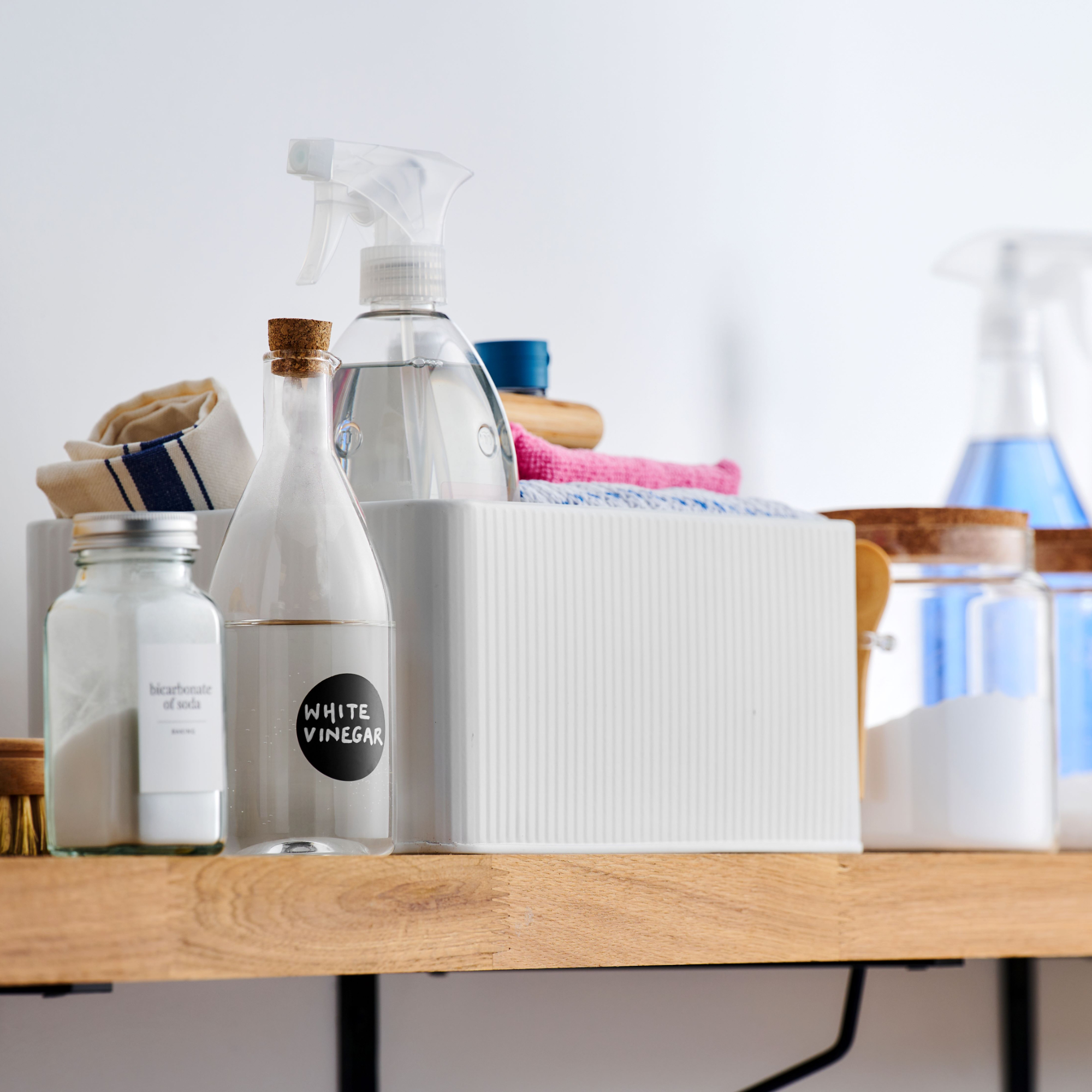
If you want to know how to clean a home fast, the good news is that fast and furious is the key to cleaning success. Experts agree that shorter, focused cleaning stints can be more effective than extended efforts, where you’re likely to get side-tracked or lose momentum.
There’s nothing like impending houseguests or a last minute playdate to send you into a cleaning frenzy. This is not the time to consult your cleaning calendar, you need to get the house looking sparkling clean, or at least not a major bomb site quickly. Learning how to clean a home fast is a vital life skill, especially if you want your guests to return.
According to a Cleaning Habits Report by Tapwarehouse, the majority of homeowners spend between five-10 hours cleaning. Pretty impressive, but it’s worth noting the majority of those polled said they prefer to clean little and often, rather than face one mammoth task. For those who work from home, 48% said they do some cleaning during most lunch breaks, while others have a quick clean before work.
How to clean a home fast
‘Focus on one room at a time. Set a timer for a mini-challenge, like 15 or 20 minutes, to keep yourself motivated. Once the timer goes off, move on to the next room. This method helps you stay focused and prevents overwhelm,’ recommends avid cleaner Alex Ventress, from The Property Buying Company.
But if you're in need of a whole house blitz, we talked to cleaning and property experts to find out how to give your home a speedy scrub down in eight steps. One person should be able to complete a basic clean of an average four-bed, two-bath family home in under two hours by following our guide. Get a wingman onboard to halve the time
1. Make a plan
The secret to learning how to clean a home fast is prioritising. This is not a Spring Clean, more of a lick and polish. We’re not saying you should leave obvious dirt to fester, but you don’t need to be pulling up the sofa cushions or turning the mattresses. Starting with a clear plan will help you stay on track.
‘Before jumping straight into cleaning your home, it’s always advisable to take a moment beforehand to identify the areas that require the most attention,’ agrees Baqir Khan, cleaning expert and owner of Proactive Cleaners.
‘Focus on areas of your house that people spend the most time in, such as the kitchen, living room, and bathroom, as these tend to accumulate the most dirt and clutter. By prioritising your tasks, you can tackle the most important areas first and leave less urgent chores for another day when you have more time.’
2. Bin the rubbish
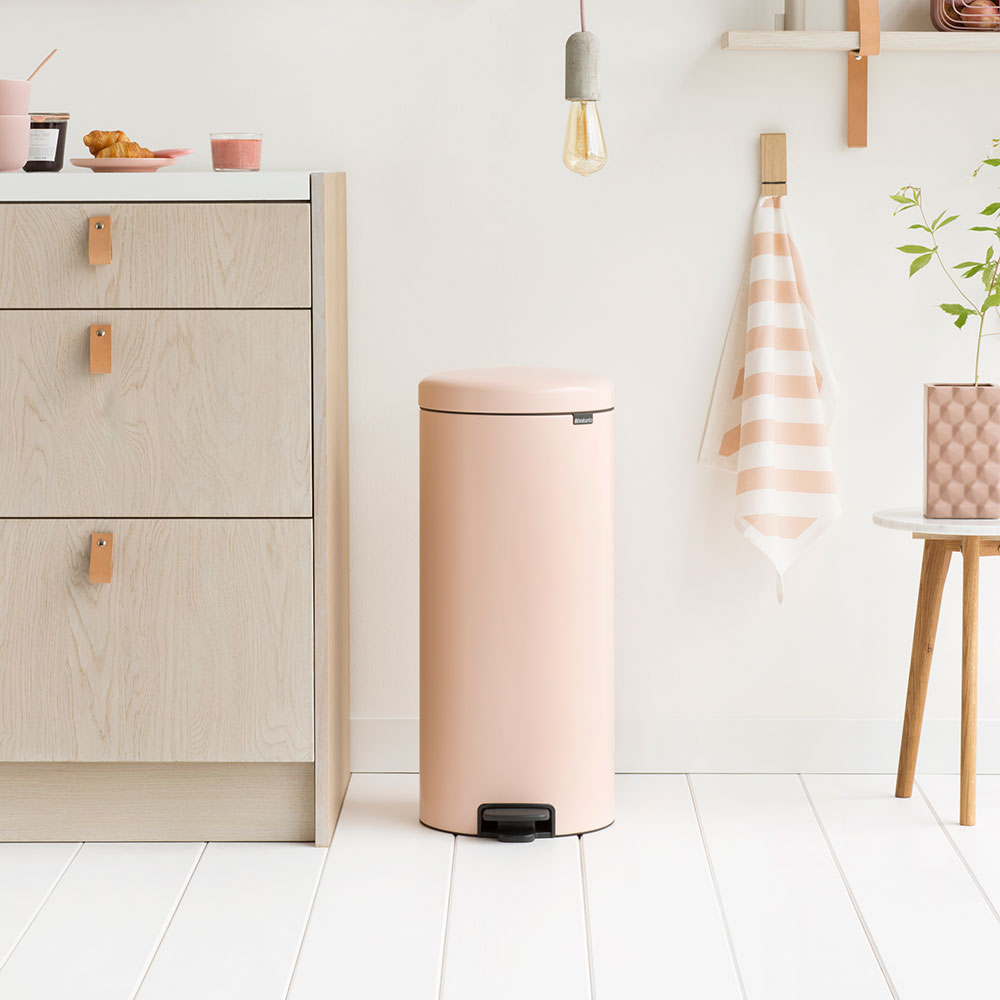
Tackle one room at a time, completing it before moving to the next. The first chore when you enter a room is to bin any rubbish. This could be old newspapers in the living room, or empty shampoo bottles in the bathroom. Take a bin bag from room-to-room with you, not forgetting to empty any waste bins in each room.
You can make this process easier in the future by training yourself and family members to automatically scan a room for rubbish and take it away to the bin as they leave. This also counts for empty mugs and plates destined for the dishwasher.
‘This little and often approach will ensure that rooms maintain a good level of cleanliness, so you're not having to spend hours when doing bigger cleans,’ says Charlotte Reddington, co-founder of Style Sisters.
3. Tidy, tidy, tidy

Next tidy up, returning strays to their rightful home, put dirty towels in the laundry, straighten cushions and sort out any surfaces in disarray. A good tidy-up, and lightning round quick house declutter will make it easier to dust and get the room back on track.
Don’t be afraid to take a hard line on clutter at this point. You may not have time to clear out cupboards but if you spot anything that really isn’t bringing joy or usefulness, tidy it right out of the house!
‘Maintaining a clutter-free home will make cleaning quicker and more efficient. Decluttering as you clean will help make the job quicker next time but it’s important not to get too distracted. Set aside another time to do a deep declutter,’ says Penny Moyses, Home Expert and founder of the Clean & Tidy Home Show.
4. Load your cleaning caddy
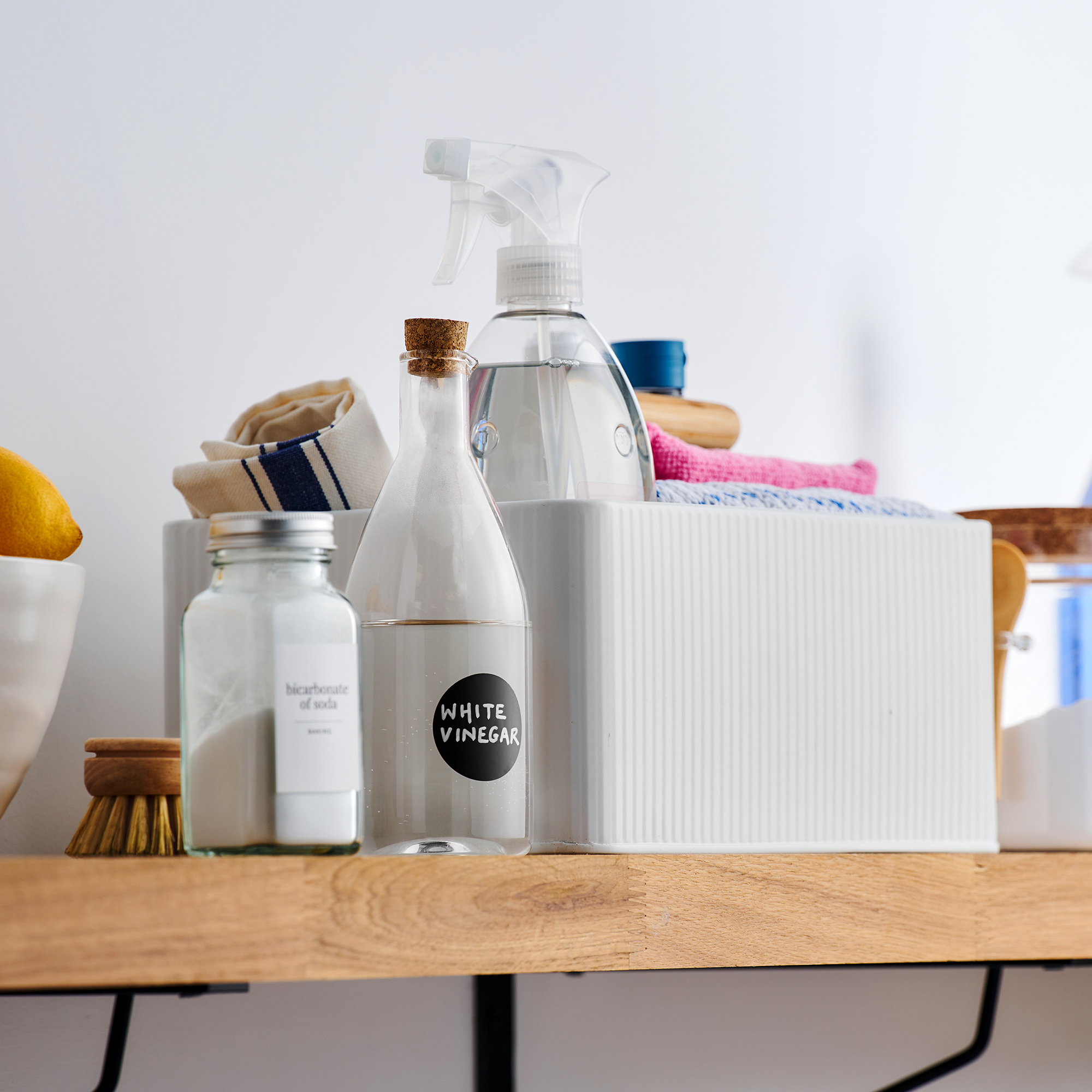
‘To avoid wasting time hunting for cleaning supplies mid-task, gather all the necessary tools and products before you start,’ says Baqir Khan from Proactive Cleaners. ‘Investing in a cleaning basket to keep everything organised and portable will also save you time and effort as you won't have to keep going back to where they are kept every time you change cleaning tasks.’
Don’t overload your caddy with specialist products and multiple tools. You’ll also need to lug the vacuum from room-to-room, and you’ll save time if you can manage the caddy in one hand and the vacuum in the other.
Cleaning caddy essentials to include:
- Microfibre cloths x 4
- Multi-surface cleaner
- Toilet disinfectant
- Glass spray
- Extendable duster
- A toothbrush
- Vacuum attachments
- Rubber gloves (if required)
5. Start at the top
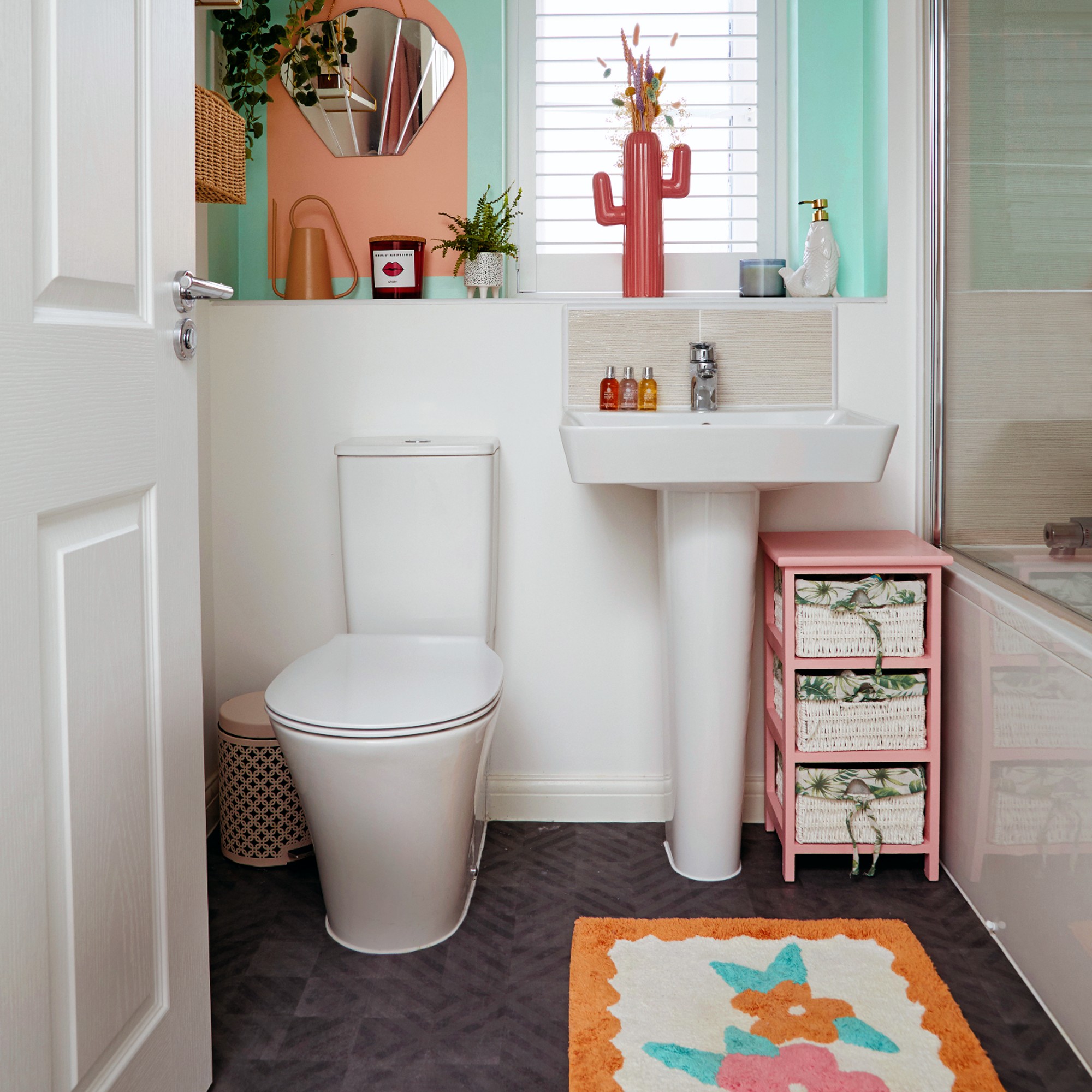
For a quick clean, it’s always best to start from the top of the house and work downwards – this is not the time to work on your step count! ‘Develop a systematic approach, cleaning room-by-room, rather than jumping between different areas of the house to minimise wasting time and effort,’ says Penny Moyses, from the Clean & Tidy Home Show.
The bathroom(s) are a good place to begin as they tend to take more time (and energy) than bedrooms, plus they are spaces guests are more likely to visit. If your cleaning gig gets cuts short for any reason, at least you won’t need to feel embarrassed by the state of your toilets!
‘In living rooms and bedrooms, the simple acts of changing/making the bed and resetting and plumping sofa cushions will instantly make the rest of the rooms look more put together for a quick fix if you run out of time,’ adds Penny.
6. Get dusting
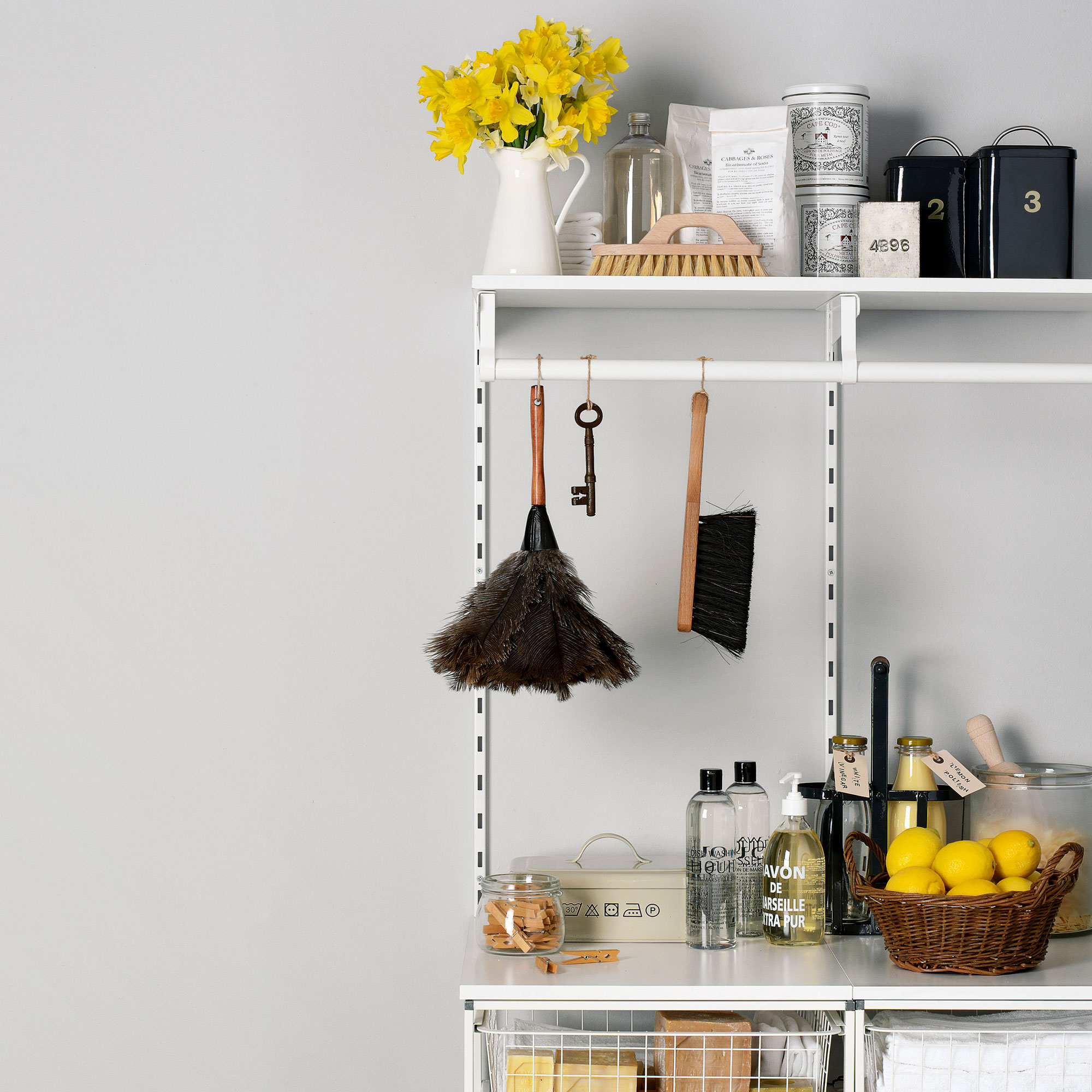
Once you’ve cleared rubbish and tidied, it’s time to get dusting. A damp cloth is as good as anything for wiping over surfaces. Use a dry microfibre/glass cloth to buff any shiny surfaces, like chrome taps, vases and ceramicware. This is also the time to scrub basins and sinks, and wipe around the bath rim and kitchen surfaces. Use separate cloths for the kitchen and bathrooms to maintain good hygiene (and a totally separate one for the toilets).
‘When dusting, always begin at the top of the room, using an extendable duster to blitz cobwebs. Then work your way down, dusting shelves and surfaces until you get to the skirting, which can be quickly wiped with a damp cloth,’ recommends Baqir from Proactive Cleaners. ‘Working downwards prevents dirt and debris from falling onto freshly cleaned areas, saving you time and effort in the long run.’
7. Tackle glass and mirrors
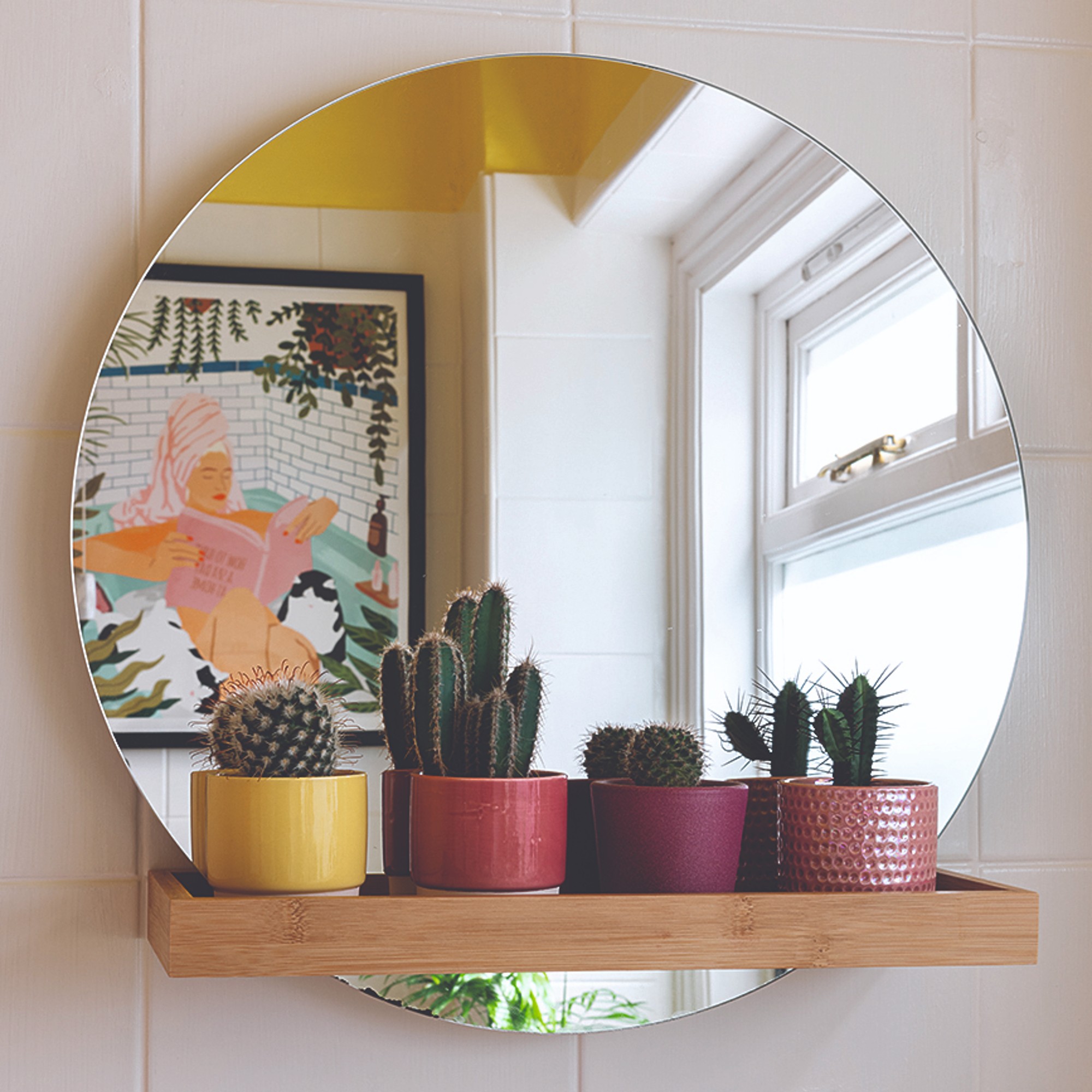
You don’t have to clean all the windows every time you do a quick clean. But if there are any particularly grimy examples, perhaps in the kids’ bedrooms or glazed doors that pets have smeared trying to get in, a quick clean can be transformative. Shower and bath screens will require cleaning more frequently and don’t forget mirrors.
‘Sticky fingers, dust build up and even cooking fumes are all culprits of making your glass and mirrors look a bit dull. Restoring them back to shiny and streak-free is actually incredibly easy and you can do so with a product you are sure to have already – washing up liquid. It’s really effective at cleaning glass due to an agent in it that cuts through grease,’ says scientist Olivia Young from Astonish.
Simply add a small squirt of washing-up liquid and hot water into a spray bottle and lightly spritz windows, shower screens and mirrors. Use a lint-free cloth or scrunched-up newspaper to wipe off.
8. Clean the floors
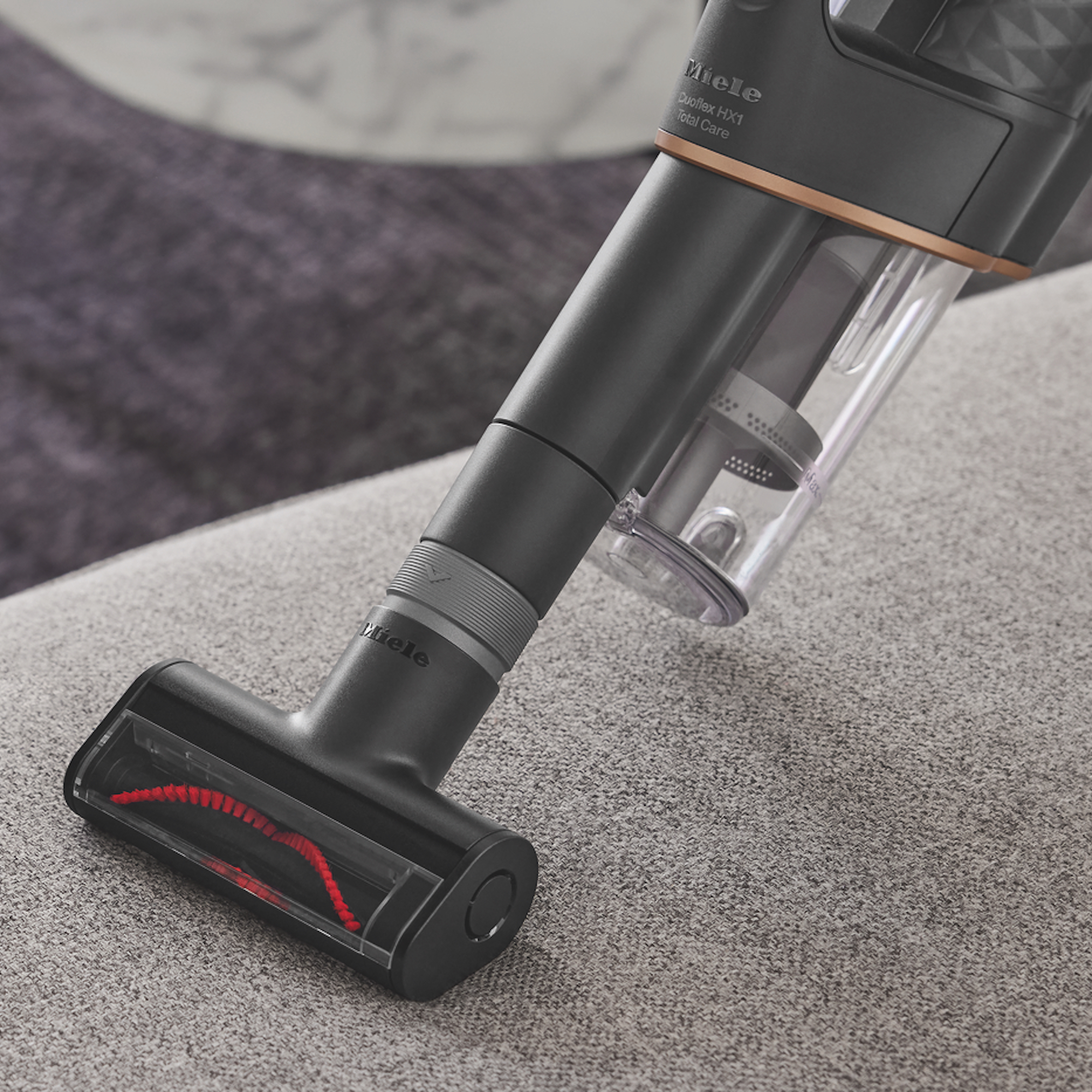
‘Invest in a high-quality vacuum cleaner with adjustable settings that can accommodate different surfaces. A vacuum that reduces down to handheld is often easier for cleaning smaller spaces, staircases and upholstery,’ says Dawnn Hilton-Lito, from One Less Thing. ‘Vacuum in different directions to ensure all dirt and debris are picked up, especially in high-traffic areas.’
Always leave the flooring as the last chore and work backwards to the room’s entrance so you can leave without stepping on any freshly cleaned surfaces. Give a mopped floor time to dry before anyone is allowed back inside.
The hotter the water, the quicker it will dry but do be careful when cleaning wood flooring, which should be cleaned with warm water and natural soap. The best mops have microfibre heads that won’t oversoak your floors and help prevent scratching.
FAQs
How do house cleaners clean so fast?
Let’s be honest, professional cleaners are motivated by money – it’s their livelihood after all. The faster they clean, the more properties they can get through and the more money they make. While you may be the unpaid char in your home, there are other ways to motivate a speedier approach.
‘Set small rewards for completing cleaning tasks, such as treating yourself to a favourite snack or activity,’ suggests Penny Moyses, from the Clean & Tidy Home Show. ‘This can help motivate you to work more quickly and efficiently, while also making the cleaning process more enjoyable.’
Playing music with a fast tempo can also encourage you to move more quickly. Some people use cleaning as a workout opportunity, purposefully powering through the workload to burn calories and improve heart health – wearing a fitness watch that rewards increased BPM is a great way to motivate a speedier approach.
How do you clean your house in a hurry?
To clean your house in a hurry, the experts recommend target cleaning. If you don’t have time to do a proper deep clean, don’t get bogged down on the stuff nobody sees.
‘Focus on areas that make the biggest visual difference. This includes mirrors, countertops, and floors. A quick dust with a microfiber cloth, a wipe-down with an all-purpose cleaner, and a sweep or vacuum of the floors will create a noticeably cleaner feel throughout the house,’ says Alex Ventress, Property Expert at The Property Buying Company.
Happy cleaning!







